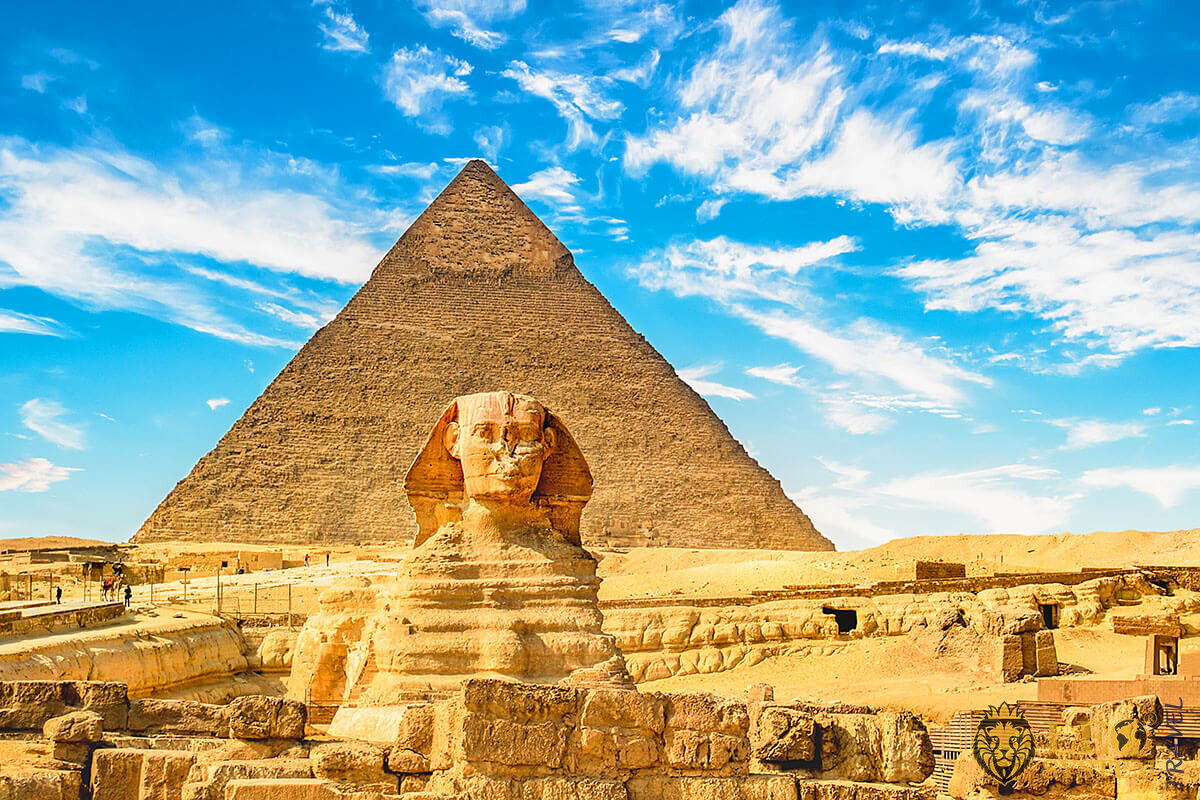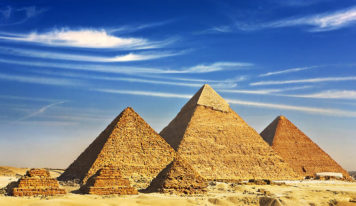What is hidden below the pyramids of Giza? Any secrets will be located beneath the surface and behind the stone facade.
There is a vast network of caves, tunnels, and large rooms underneath the great pyramid. This complex is populated by poisonous spiders and bats and is not a pleasant place to explore. Some of the passages have hidden pits, and below there are cracks that lead into huge natural caves.
Even today, they are still discovering hidden chambers and features that were overlooked in earlier explorations. Today, it is slightly easier to get a picture of what lies beneath the pyramids in the ability to scan the pyramids using technology.
What is the Secret of the Mortar Used in the Pyramids?
There is an ancient Arabic proverb that goes “man fears time, time fears the pyramids.” This is a reference to the pyramids, which were the tallest buildings in the world for 3,800 years. The secret appears to be the mortar that was used.

Around 5,000,000 tons of mortar was made to build the pyramids. This exceedingly strong mortar has been analyzed many times, and still, nobody completely understands its composition and why it is so super-adhesive.
How Did they Cut the Stone for the Pyramids?
Looking back to Ancient Egypt, they had no modern technologies to assist with the cutting of the stone. The stone used when they built the pyramids was limestone, granite, and basalt. This stone had to be cut without the aid of iron tools.
All they had available was copper, which is far less efficient. There were no machines, and all of this was done by hand.
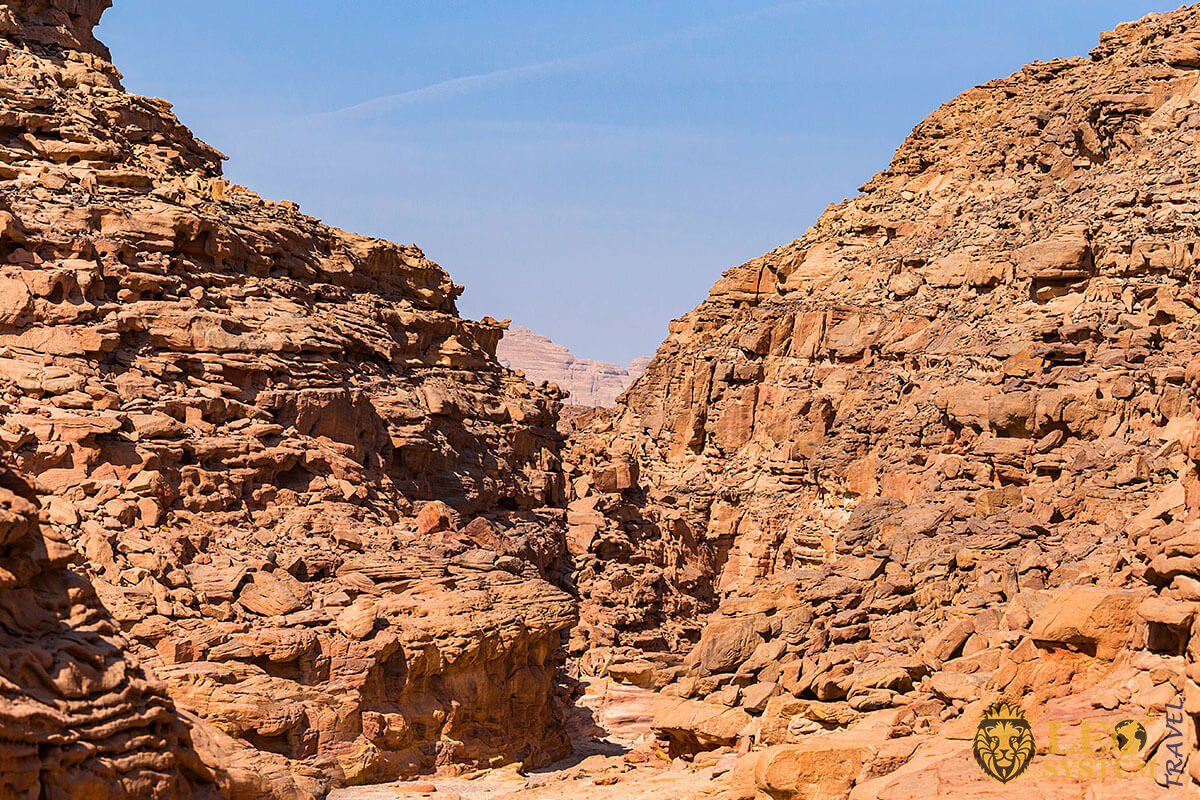
Limestone was quarried at Giza; Granite was quarried upriver at Aswan, and Alabaster from Luxor. None of these places is terribly close to the sites of the pyramids.
How Did they Move the Stone to the Pyramids?
Once all of this stone was cut, they then had the task of transporting the stone to the construction site. No camel was anywhere near strong enough to carry these stone blocks. Current research suggests that they placed the stone on sledges, which they then pulled using sheer human resources.
The problem of friction has been identified with this method, and they now believe that they had people wetting the sand just in front of the sledges. Sand would also build up in front of the sledge, increasing the difficulty of pulling it.
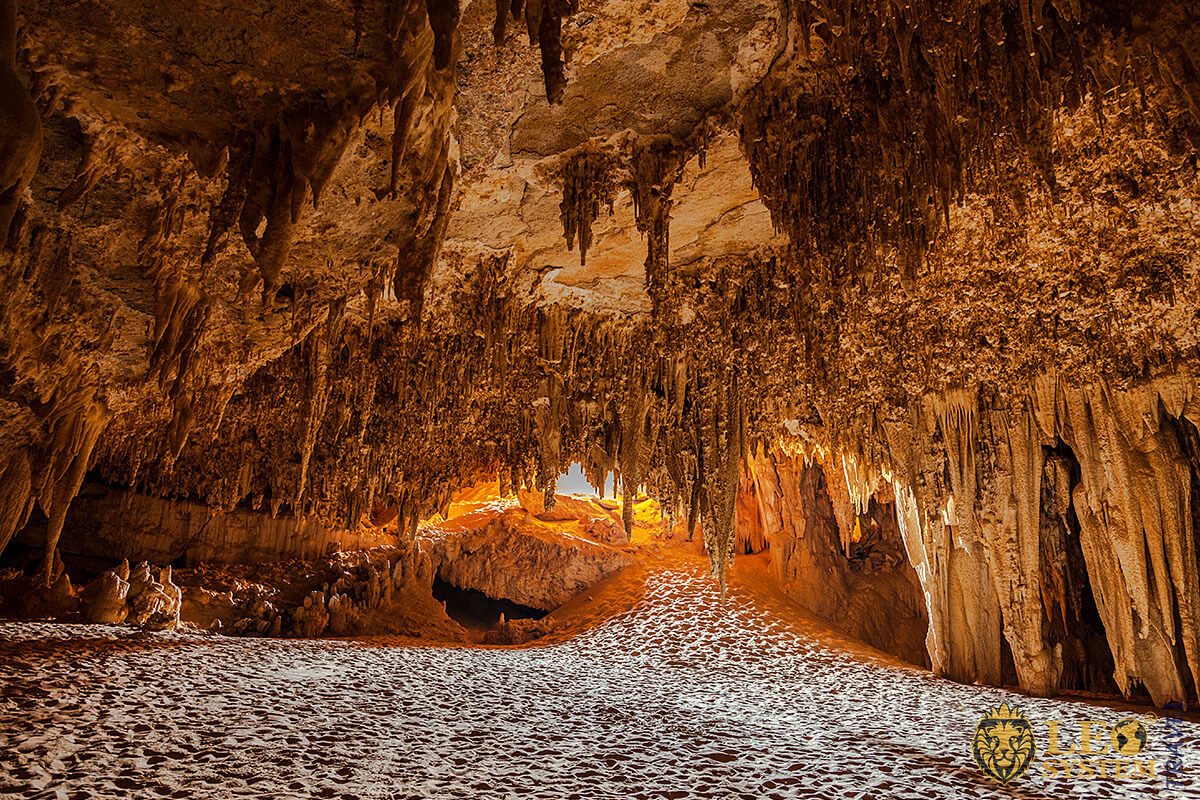
It seems they had another team of workers moving this excess sand as they progressed. This would have been plodding progress, and many sledges would be required to shift the necessary volume of stone.
How Many Pyramids are There?
Egypt is best known for pyramids, but there are more pyramids elsewhere in the world. Egypt has about 80 pyramids (many almost disappeared), but Sudan has 220 of them recorded. A lot depends on exactly what your definition of the pyramid is.
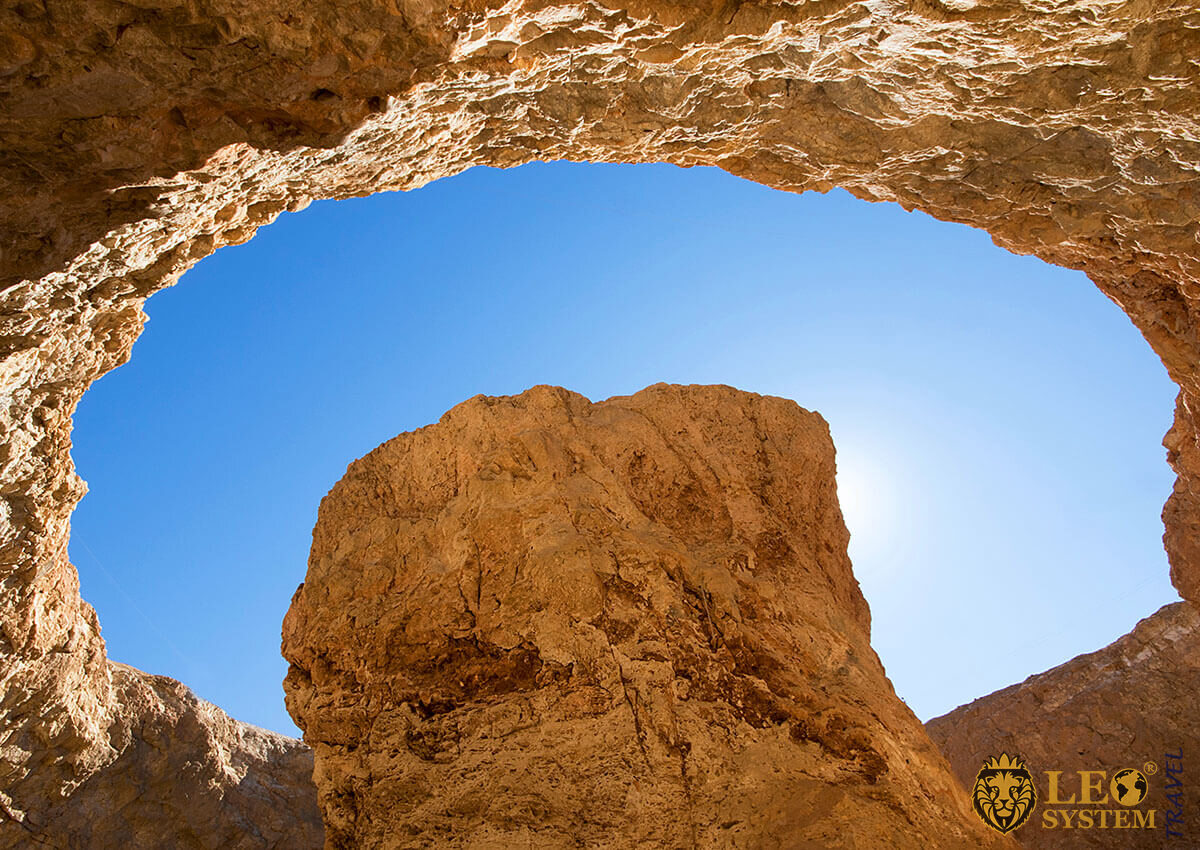
If you restrict your definition of a pyramid to the classical shape as seen in Egypt, there are fewer but still around 1,000 worldwide. Many burial tombs serve the same function as the traditional pyramid but had a flat top and if you add those you are looking at several thousand pyramids. These range in location from China across Africa and Europe to Central America.
How Much Money Would it Take to Build the Great Pyramid Today?
It is estimated that the cost of building just one of the pyramids (The Great Pyramid at Giza) would cost $1.2 billion. Cranes alone would cost $60.000.000, labor $42.000.000, and the stone $55.000.000. This does not include added costs such as housing, for many years, the vast number of workers required for this project, helicopters, and trucks.
How Long Did it Take the Egyptians to Build a Pyramid?
It is believed that the Great Pyramid of Giza took around 20 years to build. It was a vast construction project for the time. An interesting fact is that recent research has shown that the builders were paid, and they did not use slaves.

It seems they operated on a feudal type system where part of the year they were drafted for significant projects and the rest of the time they had their own smallholdings. During the time they worked at the pyramids, in addition to wages, they also received a proper diet high in protein.
What is the Curse of King Tut’s Pyramid?
One of the most famous curse stories in the world is connected with the tomb of King Tut, which was broken into when the pyramid was explored. The curse was that anyone damaging the tomb would die.
The most famous victim was the Earl of Carnarvon, an amateur Egyptologist, and a British aristocrat who financed the expedition. He died just a year after the tomb was opened. Many other people connected with the team also died, and this only added to the supposed mystery of the curse.
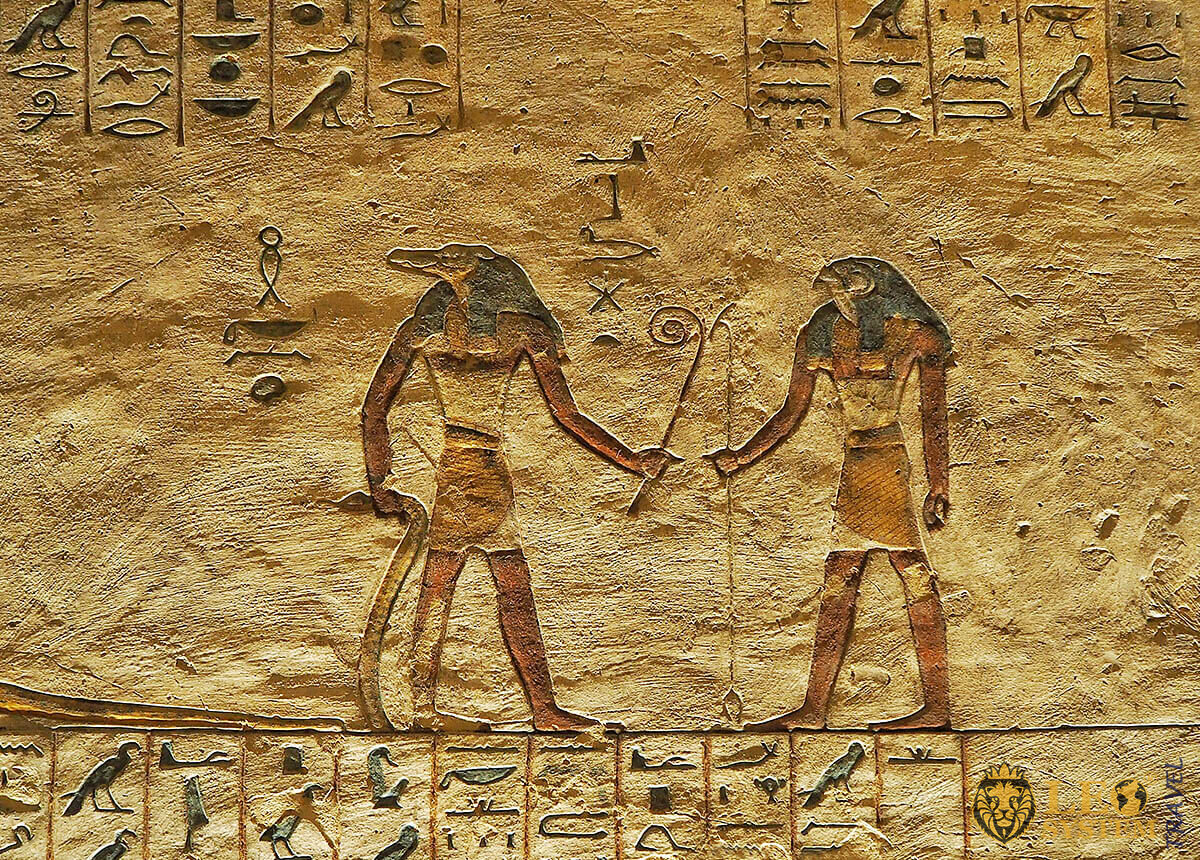
In reality, The Earl of Carnarvon was sick before the expedition even started. If you average out the lifespan of those who were involved in the exploration, it works out at 23 years each after the curse was supposed to have been activated. Not a very powerful curse!
Why do the Pyramids Line Up with Orion’s Belt?
Another mystery connected with the pyramids is an astrological one. It concerns the fact that the three main pyramids at Giza all line up with the three stars in the constellation of Orion, as they would have been in 10,000 BC.
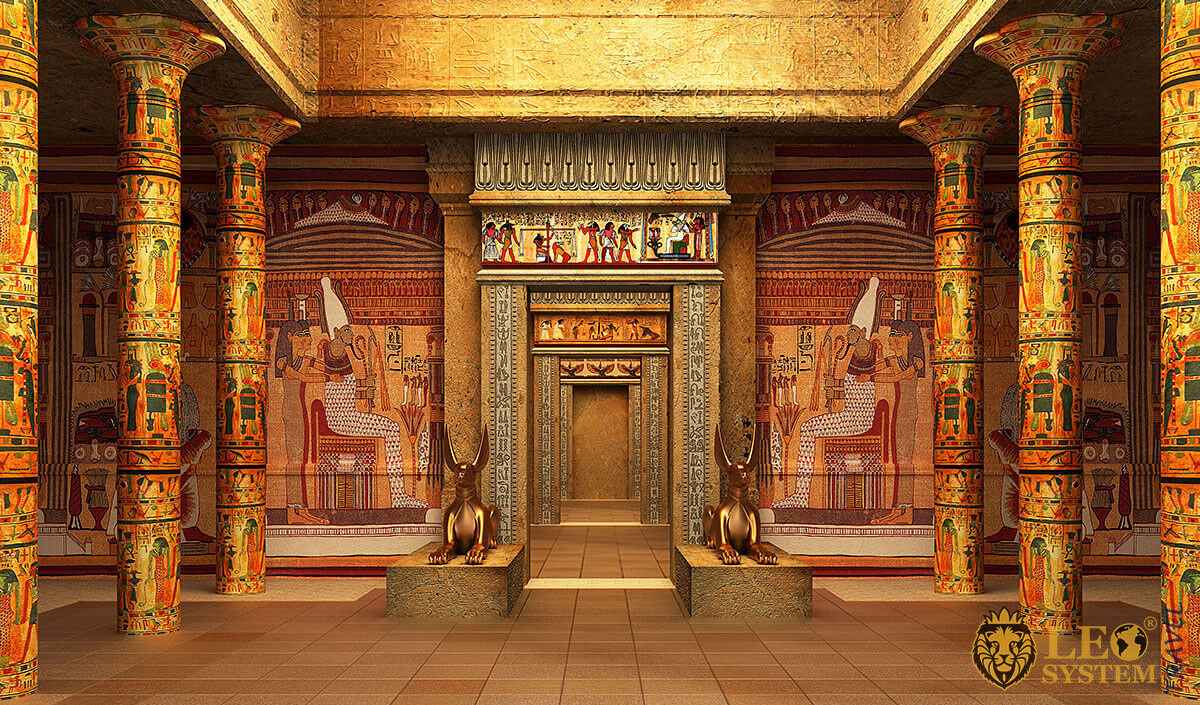
Researchers at the University of Cambridge in the UK say that it was not so much aligned with the stars that mattered but that in doing so it ensured the pyramids all faced north. This alignment was an essential factor in the Egyptian religion at the time.
How Many People Visit the Pyramids Every Year?
The pyramids of Egypt are visited by 14.7 million visitors annually. The best time of day to visit the pyramids is in the late afternoon. By waiting until the large tour groups have gone, you will enjoy a much more relaxed visit, and you will not have to deal with the early morning haze.
Final Thought.
The Pyramids are a part of all our histories, and you should try to see these magnificent testaments to the construction ability of our ancestors at least once in your life and dwell upon what secrets do the Egyptian pyramids hide? We think these secrets are eternal!
Also read the post: Overview Of 10 Ancient Egyptian Pyramids



















